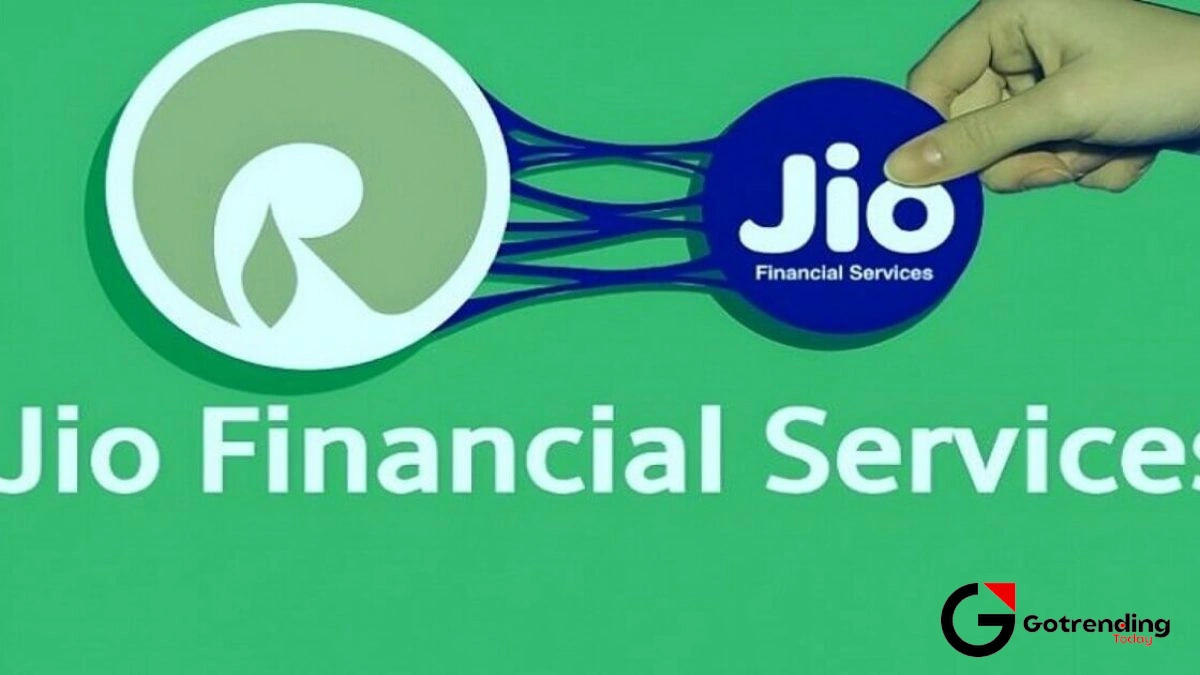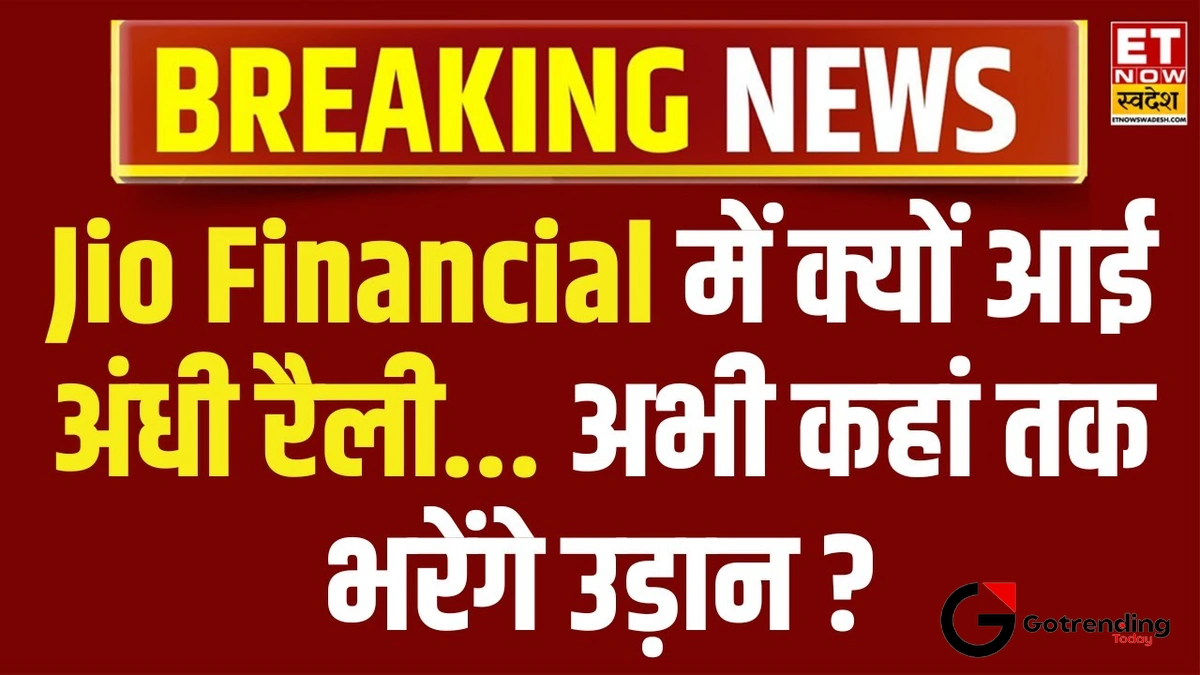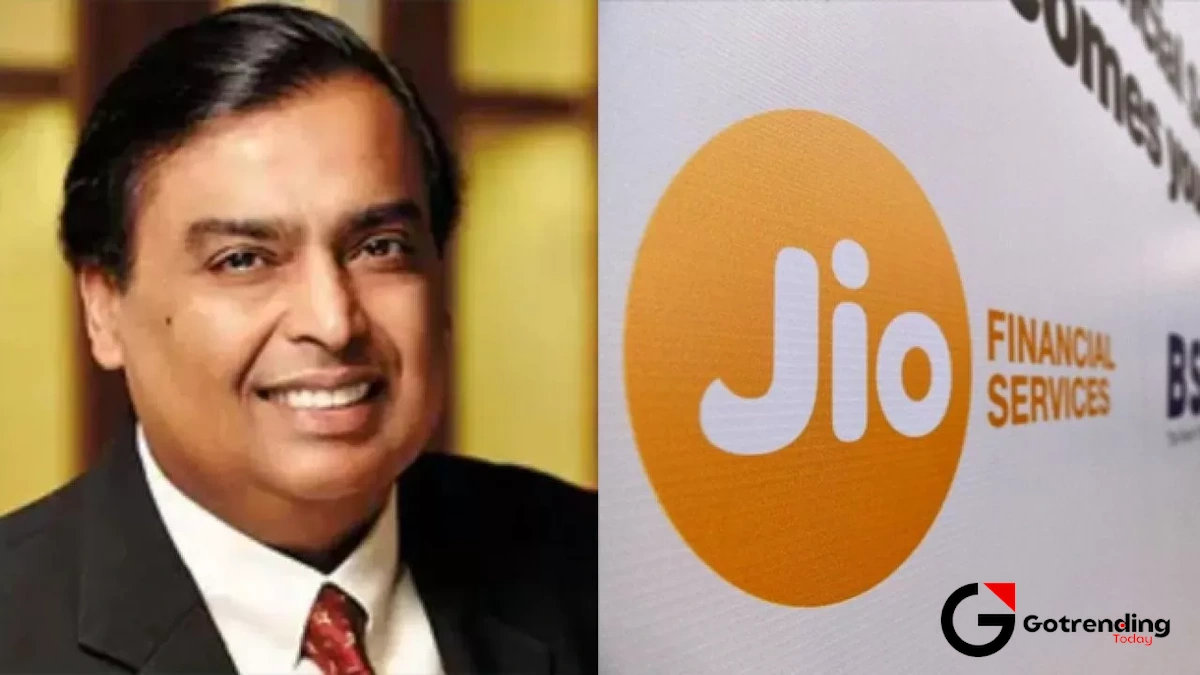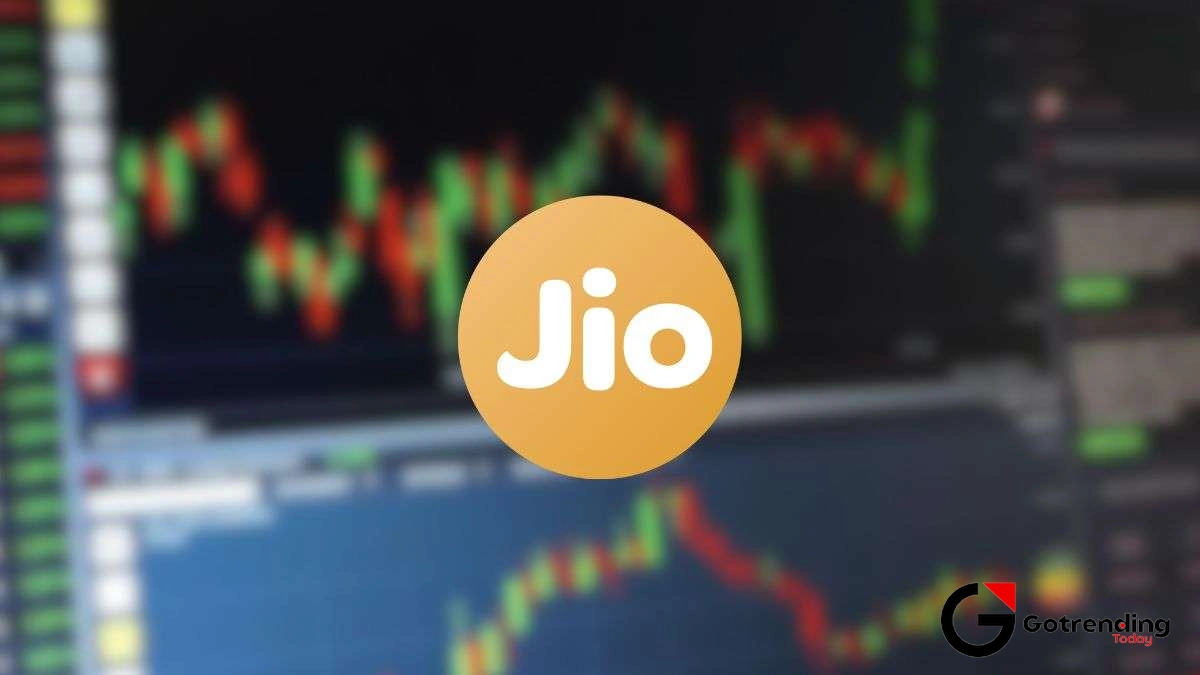The Jio Finance Share Price | Trying to Solve the Market’s Biggest Puzzle
I remember the day Jio Financial Services listed. It was chaos. The kind of beautiful, frustrating, utterly captivating chaos that only the Indian stock market can whip up on a Tuesday morning. My phone was buzzing with messages, my Twitter feed was a waterfall of hot takes, and the terminal screen… well, the terminal screen was just a blur of red and green. Everyone had a theory. “It’ll hit the upper circuit!” “No, it’s overvalued, it’ll tank!” It felt less like a listing and more like the premiere of a Christopher Nolan movie – you knew it was a big deal, but you weren’t entirely sure what was going on.
And honestly? Months later, that feeling hasn’t completely gone away. The Jio Finance share price remains one of the most debated, analyzed, and obsessed-over tickers on the NSE. It’s not just a stock; it’s a conversation starter. A Rorschach test for investors. What you see in JFS says more about your own investment philosophy than it does about the company itself. Are you a believer in the Reliance story? A skeptic of hype? A long-term player? Or are you just looking for a quick trade?
Let’s be clear, this isn’t financial advice. Think of this as one person’s attempt to connect the dots, scribbled on a napkin in a coffee shop while trying to figure out the same thing you are: what is the real story here?
So, What’s the Real Story Behind the Jio Finance Demerger?

First, we need to talk about the origin story. Jio Financial Services (JFS) wasn’t born from an IPO. It was spun out, or demerged, from the mothership: Reliance Industries. Think of it this way: Reliance, the sprawling everything-conglomerate, had a small but incredibly valuable financial services business tucked away inside it. For years, this treasure was basically invisible, its value lumped in with everything from oil refining to telecom. The demerger was the act of taking this treasure, putting it in its own separate box, and giving a key (a share) to every existing Reliance shareholder.
That’s why the initial price was all over the place. The market had to figure out what this new, standalone entity was actually worth. It was pure price discovery in the wild. The first few weeks were a rollercoaster, and I know a lot of people who got shares from the demerger felt a bit of whiplash. But that volatility was just the market trying to find its footing. Actually, it’s more than that. The market was trying to price not just what JFS is today, but what it could be tomorrow. And that’s where things get really interesting.
The ‘Everything App’ Dream and Future Prospects

Here’s the thing that I keep coming back to. JFS isn’t just another lending company or a simple NBFC . The ambition here is… staggering. They’re not just trying to build a bank. They’re trying to build the entire financial ecosystem for hundreds of millions of Indians. We’re talking payments, consumer loans, insurance, and the big one: asset management. The recent BlackRock partnership is the clearest signal of this intent. They’ve teamed up with the world’s largest asset manager to launch an AMC in India. That’s not a small move; that’s a statement of intent written in capital letters.
The real potential, the blue-sky scenario that has so many people excited, is the synergy with the existing Jio and Reliance Retail ecosystems. Think about it. They have access to a colossal, data-rich customer base that already uses Jio for their mobile phone and Reliance for their shopping. Offering them a loan for that new smartphone, insurance for it, and an investment plan through the same app? That’s the holy grail of fintech. It’s less about competing with a company like Bajaj Finance on its own turf and more about creating a whole new turf where they make the rules. It’s a fascinating strategy, not unlike what we’ve seen in other sectors, a point discussed in this Titan Share Price Analysis which shows how a strong brand ecosystem can drive value.
I initially thought the play was just about lending, but after digging deeper, it’s clear the vision is to build a frictionless, all-in-one financial super-app. It’s a massive gamble, but if anyone in India has the capital, data, and sheer muscle to pull it off, it’s them.
But Let’s Get Real | The Challenges Are Immense

Okay, let’s take a breath. The hype is intoxicating, but we have to stay grounded. Building a financial behemoth is brutally difficult. The path is littered with regulatory landmines, and you’re going up against established kings of the jungle. We’re talking about HDFC Bank, ICICI, Bajaj Finance, and the agile fintech players like PhonePe and Paytm. These companies have been doing this for decades. They have the trust, the infrastructure, and the battle scars to prove it.
JFS has the brand and the data, yes. But do they have the DNA for credit risk? For navigating the complex world of financial compliance? The Reserve Bank of India (RBI) is not an institution you can simply “disrupt.” As explained on platforms like Investopedia , Non-Banking Financial Companies operate under a stringent set of rules for a reason. Building that institutional expertise and, more importantly, customer trust in handling their life savings, takes time. Decades, sometimes.
So while the Jio Finance share represents incredible potential, it also represents incredible execution risk. The story is compelling, one of the most compelling in the Indian market today, but the ending hasn’t been written yet. It’s a classic case of a high-potential, long-gestation bet. A story that anyone interested in the Indian economy should be watching. You can find more evolving stories on GoTrendingToday .
Your Jio Finance Questions, Answered (As Best as I Can)
Why was the JFS share price so volatile after listing?
The volatility was mainly due to “price discovery.” Since JFS wasn’t an IPO with a set price band, the market had to figure out its value from scratch after it was demerged from Reliance. This involved huge institutional buying and selling, index fund adjustments, and retail investor speculation, all of which created massive price swings in the initial weeks.
Is Jio Financial Services just another NBFC?
That’s a common misconception. While it is registered as an NBFC, its ambition is much broader. The plan includes insurance, payments, and, crucially, asset management through its joint venture with BlackRock. The goal seems to be to create a full-stack, tech-led financial services powerhouse, not just a lending company. The business model is far more integrated.
How does the partnership with BlackRock affect the jio finance share price?
The BlackRock partnership is a massive long-term positive. It lends immediate global credibility and expertise to JFS’s asset management plans. While it might not affect the daily share price much right now, it’s a cornerstone of the company’s future growth strategy. It signals to the market that JFS is serious about becoming a major player in India’s mutual fund and investment industry.
Can I still get Jio Finance shares if I own Reliance shares now?
No, the demerger was a one-time event. Shareholders who held Reliance Industries shares on the record date (July 20, 2023) were allotted JFS shares. To get shares now, you have to buy the Jio Finance share directly from the stock market, just like any other company.
What’s the biggest risk for JFS right now?
In my opinion, the biggest risk is execution. The vision is grand, but turning that vision into a smooth, profitable, and compliant operation is a monumental task. They are entering a highly competitive and regulated space. Any missteps in credit assessment, customer service, or regulatory compliance could be significant setbacks.
So, where does that leave us? For me, the Jio Finance share price isn’t a number to be checked daily. It’s a barometer of ambition. It’s a bet on a digital-first India, on the power of data, and on the ability of one of the country’s largest conglomerates to conquer yet another frontier. This isn’t a stock for the impatient. This is a story that will take years to unfold. And I, for one, will be watching, with my coffee in hand, ready for the next chapter.













